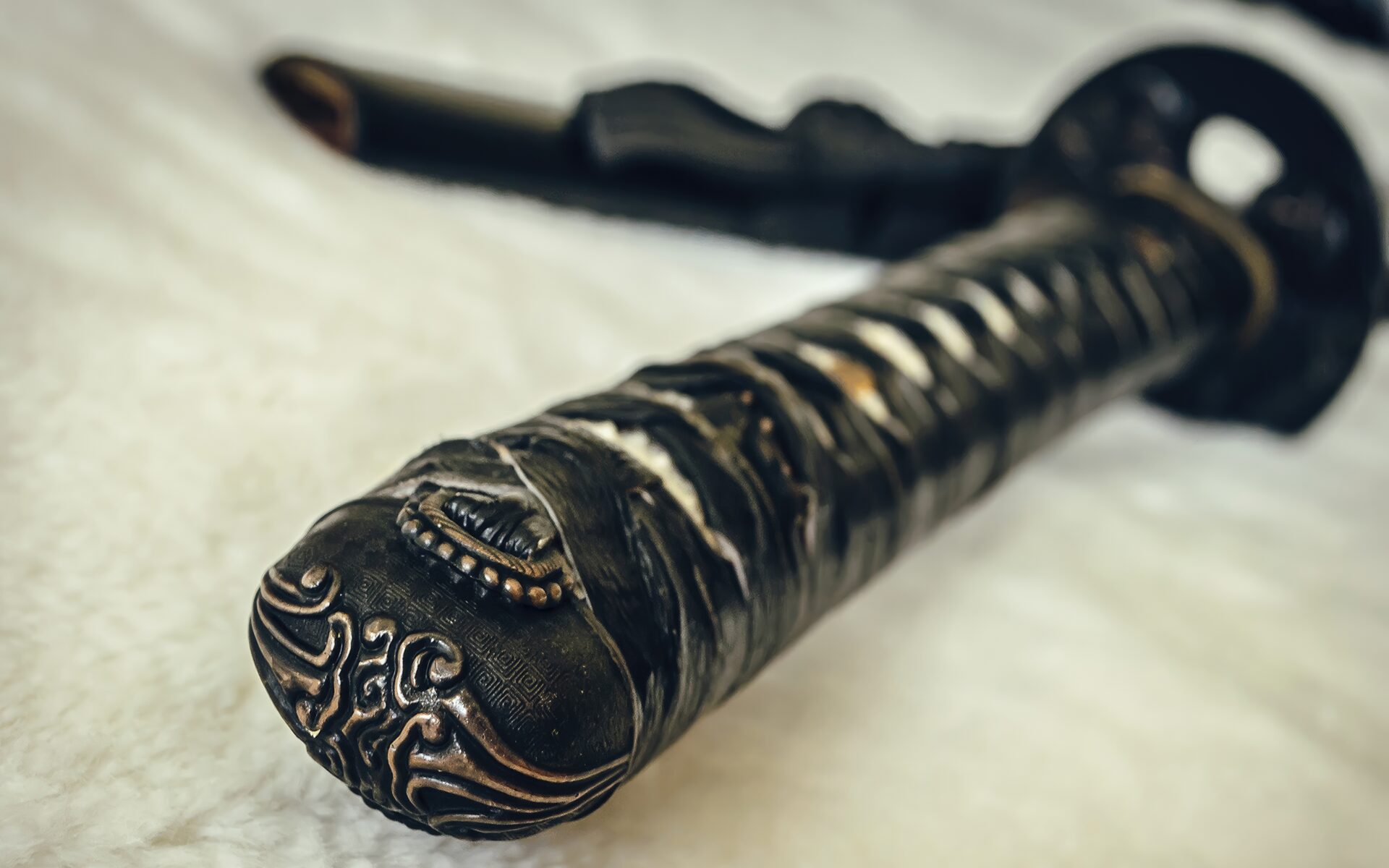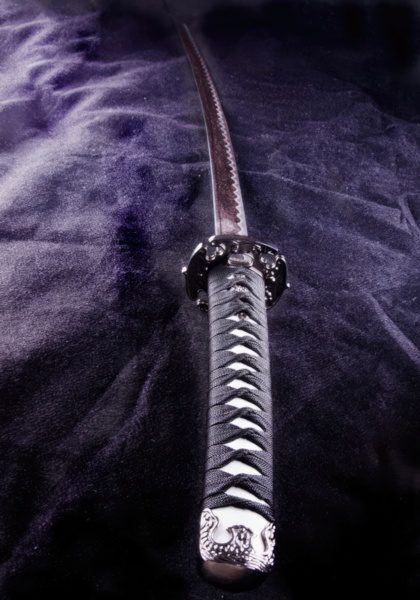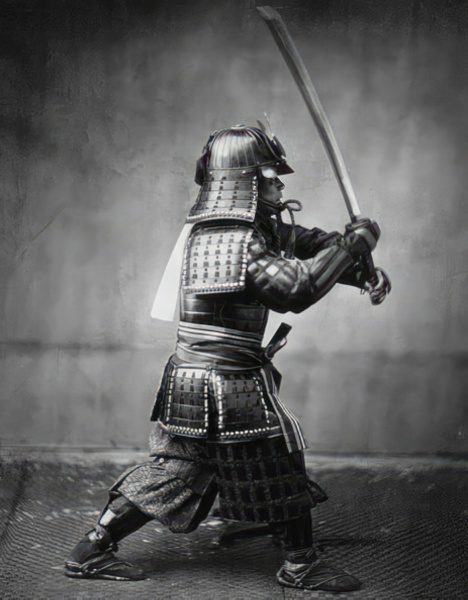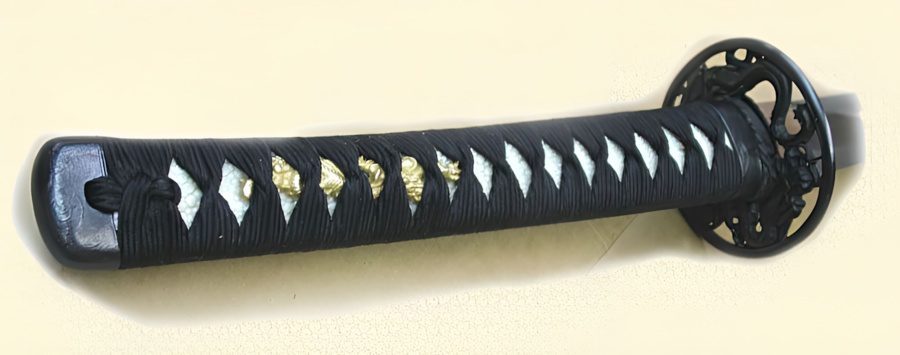How Long is a Katana Handle?
NO AI USED This Article has been written and edited by our team with no help of the AI

An important factor to consider thing when using a katana is its length. The handle’s length determines the sword’s functionality, handling, balance, and aesthetics. While there is a traditional size for a handle, some factors might affect this.
In this article, we will go into detail on how long an optimal katana handle should be. We will discuss the traditional size and the factors that influence the length of the katana.
Katana Handle Length

The traditional length of the katana handle is 7 to 11 inches (18 to 28 cm), making it a fairly large two-handed handle that allows the user to perform quick and powerful slashing motions. The length of this size was made to fit perfectly into the hands of the Japanese samurai, who usually wasn’t much taller than 5.2 feet (1.6 m) tall.
While the length of a katana can differ from the traditional length of 39 inches (100 cm), the handle should be one-third of the weapon’s length, meaning that the handle can also differ in size depending on the Katana’s length.
In the traditional Japanese measuring system, one shaku is 11.9 inches (30.3 cm) long. The katana’s handle was usually one shaku or shorter by around 5 cm, referred to as sun and bu.
Factors Influencing the Length of the Katana Handle

The handle length of the katana was not chosen randomly or for purely aesthetic reasons. It came as a need to create a strong foot weapon to completely replace the previously used curved tachi cavalry sword. This length of the handle made the katana a sword that could be used in almost any type of fighting situation, giving the samurai much versatility in combat.
Still, some factors can change the length of the katana handle.
- Wielder’s Height – the wielder’s height would determine how long the katana handle needs to be
- Style of Combat – some katana swords can be made differently depending on the type of combat they are used for, whether for chopping, slashing, thrusting, or as a balance of all three
- Historical Era – in times of war where larger two-handed swords were needed, such as the Muromachi period, the handles could be larger to accommodate soldiers battling armored men
- Type of Katana – a large o-katana would have a much more dominant handle, while the smaller ko-katana would feature a slightly shorter one
- Personal Preference – some users might prefer larger or smaller handles depending on their preference or the size of their hands
- Different School Manufacture – katana swords came in different shapes and sizes depending on the nation’s region of the manufacturing school
Tradition vs. Usability

The traditional handle length of the katana was made for samurai warriors averaging 5.2 feet (1.6 m) tall. In modern times the average height of the katana user increased to 5.9 feet (1.8 m), which led to the discussion of whether or not the katana should function as a larger two-handed sword, similar to the European longsword.
Depending on your height, you can choose between the traditional katana handle and blade length that a Japanese samurai used or how you would prefer to use it as a two-handed weapon. If a person is taller than 5.9 feet (1.8 m), they should increase the overall handle size of the sword, including the blade.
The katana handle should ideally be large enough for the user’s hands to move freely in different positions.

